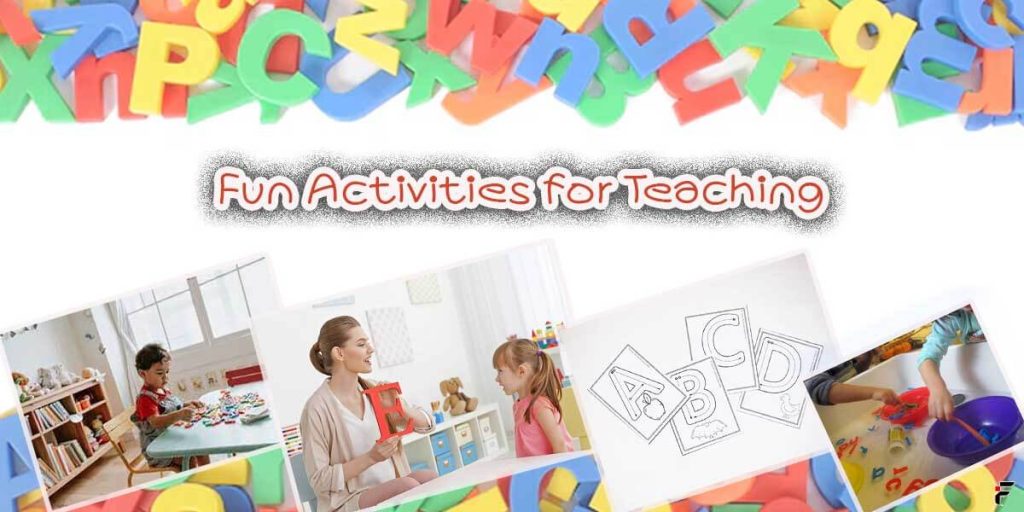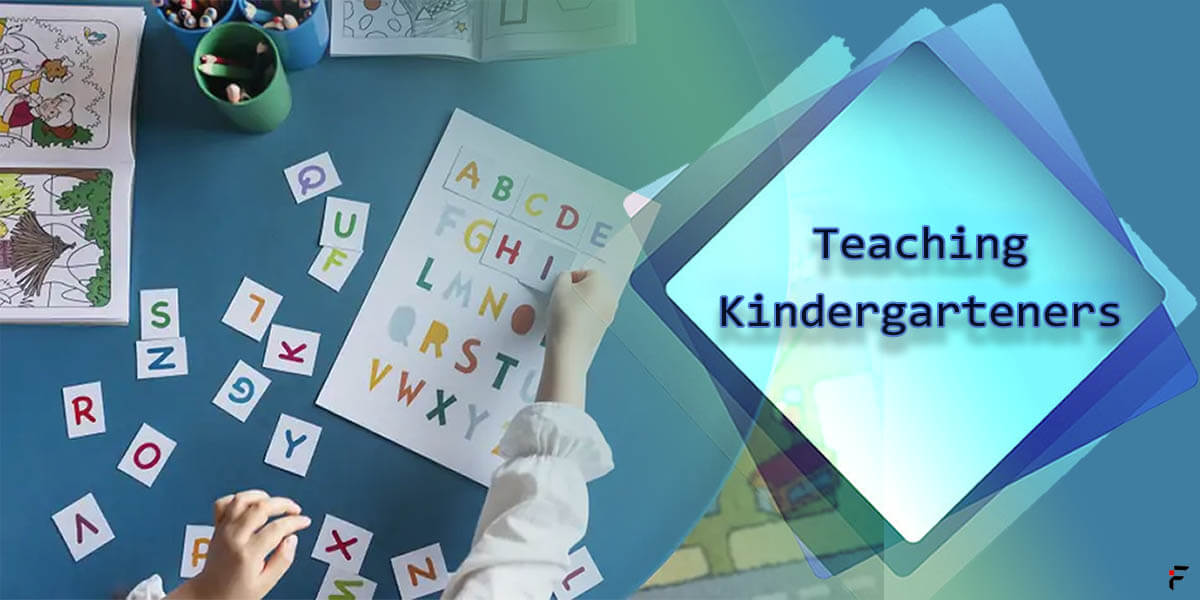Mastering letters and their corresponding sounds is an essential building block for young readers. By incorporating fun activities into lessons, children can learn this foundational skill in a joyful, interactive way. This article explores various multi-sensory techniques and games proven effective by research. With consistency and positivity, you can guide your little ones as they start down the path of literacy.
Why Teach Letters and Sounds?
As kindergarteners begin their educational journey, one of the most essential foundational skills they need to develop is recognizing letters and the sounds they make. Identifying letters and connecting them to their associated phonetic sounds is crucial for developing early reading, writing, and literacy skills. When children can recognize letters and the sounds they represent, they can start “decoding” words by sounding out the individual letters. This allows them to begin reading simple words and having fun with language.
Mastering letters and sounds also gives children confidence as emerging readers. They feel proud of their ability to recognize something as basic as their name’s letters. This early success motivates them to keep practicing their literacy skills and builds a lifelong love of learning. Additionally, letter-sound knowledge is necessary for spelling, which children will be expected to start doing in kindergarten. Overall, introducing fun and engaging activities centered around letters and sounds provides an excellent foundation for future academic achievement in reading, writing, and beyond.
Making It Fun
While learning letters and sounds is essential, it is also crucial that the process remains enjoyable for young children. Kindergarteners have short attention spans, so lessons need to be kept interactive and hands-on and incorporate movement or games whenever possible. Incorporating letters and sounds into children’s activities, such as arts and crafts, outdoor play, or pretend play, helps maintain their interest and motivation. Switching activities frequently also keeps things feeling fresh and engaging. Most importantly, children should feel successful in their letter and sound practice. Starting with just a few letters at a time and providing lots of encouragement and praise will help ensure this remains a positive learning experience.
Fun Activities for Teaching Letters and Sounds
- Sensory Letters
- Letter Play Dough
Forming Letters
One fun sensory activity for practicing letters is having children form letters from play dough or modeling clay. You can write out each letter’s uppercase and lowercase versions on paper for children to trace with their play dough creations. Saying the letter name and sound as they shape each letter reinforces the connection. For extra fun, add googly eyes, pom poms, or other embellishments for added tactile exploration.
Letter Imprints
Another engaging sensory letter activity is having children “write” letters by pressing objects like cookie cutters, small toys, or natural items like leaves or shells into play dough or modeling clay. They can then try to identify the imprinted letter by its shape. This allows very young children just learning letters to get familiar with their formations in a hands-on way.
Sand Writing
Writing letters in a sand tray provides another multi-sensory experience. Children can trace letters with their fingers as they say the name and sound aloud. Adding a few drops of water-based tempera paint allows the letters to appear more clearly in the sand.
Letter Hunts and Scavenger Hunts
Scavenger hunts are wildly popular with kindergarteners and make an excellent context for reinforcing letter recognition. Try these variations:
Outdoor Letter Hunt
Hide uppercase and lowercase letter cards around the playground or backyard for children to find. They can call out the letter name and sound as they locate each one. For an added challenge, provide a list of items they can see that start with specific letter sounds, like an acorn for “A.”
Letter Hunt in Books
Have children search through magazines or books to find letters. They can circle or highlight each one with a colored pencil when they spot it.
Grocery Store Letter Hunt
Bring a clipboard with a list of letters and have children search for corresponding items while grocery shopping. They can check off letters as they find matching products.
Letter Tracing
Tracing provides a tactile experience of forming each letter while developing fine motor skills. Here are some ideas:
Sand Tracing
Write letters in a sand tray for children to trace with their fingers.
Shaving Cream Tracing
Use a finger, Q-tip, or brush to trace letters written in shaving cream on a table or outside on the sidewalk (wash away with water).
Letter Tracing Worksheets
Provide worksheets with dotted lines for children to trace uppercase and lowercase letters with a pencil, marker, or their finger.
Sensory Tracing
Use items like lentils, rice, or salt to trace letters on a baking sheet or in a bin. The varying textures provide added sensory input.
Letter Matching Games
Matching letters to their written and printed versions is an engaging way for kindergarteners to practice recognition. Try these ideas:
Letter Matching Cards
Print uppercase and lowercase letters onto index cards and have children find the pairs by matching.
Letter Bingo
Make bingo boards with images and call out letters for children to cover. Switch to just letters as skills improve.
Letter Puzzles
Use letter puzzles or create your own by cutting out letters from construction paper or foam sheets.
Magnetic Letters
Provide magnetic letters for the fridge and have children spell simple words by matching letters.
Incorporating Letters into Arts and Crafts

Weaving letters into creative arts projects makes practicing them more fun:
Letter Collages
Have children cut out magazine letters to glue onto construction paper in random order. They can then try to rearrange them alphabetically.
Letter Cookies or Biscuits
Decorate store-bought cookies or biscuits by writing letters in icing or sprinkles.
Letter Paintings
Use a paintbrush or fingers to “write” letters in shaving cream or finger paint on paper.
Letter Stencils
Provide stencils so children can trace letters in glue, glitter, or other media on paper or other surfaces.
Involving Letters in Dramatic Play
Incorporating letters into pretend play scenarios keeps things lively:
Letter Restaurant
Set up a pretend letter restaurant with a menu featuring food words beginning with each letter. Take orders and have children pay with letter coins or bills.
Letter Post Office
Give children an assortment of letter stamps and envelopes. They can address the envelopes by “writing” letters on them and then mail pretend letters to each other.
Letter Grocery Store
Stock a miniature grocery store with packaged foods labeled with individual letters. Have children “shop” by finding items for a letter shopping list.
Letter Pet Shop
Create plush or toy pets for each letter and allow children to care for and play with them. They can identify the pets by their names, which begin with specific letters.
Read More: Understanding Challenging Behaviours through ABC Chart
Incorporating Letters into Outdoor Play
The outdoors provides a perfect open space for letter-themed physical activities:
Letter Path
Use chalk to write large uppercase letters on the playground. Have children walk, hop, or jump on them to spell words.
Letter Relay Race
Divide children into teams and give each team a letter. When their letter is called out, they race to touch a sign or object beginning with that sound.
Letter Scavenger Hunt
Hide letter cards around the yard and give children a list of items to match each letter sound, like an acorn for “A.”
Letter Obstacle Course
Set up a simple obstacle course using equipment like hula hoops, cones, or benches to form letters. Have children maneuver through them while calling out the sounds.
Conclusion
Incorporating letters and letter sounds into various fun, multi-sensory activities is an excellent way to engage kindergarteners as they learn this critical early literacy skill. Practicing in context through games, arts and crafts, outdoor play, and dramatic scenarios keeps things lively while reinforcing the connections between visual letters and their associated sounds. Regularly reviewing materials in a low-pressure, success-oriented manner will help cement this foundational knowledge and fuel a lifelong love of learning in young children.




